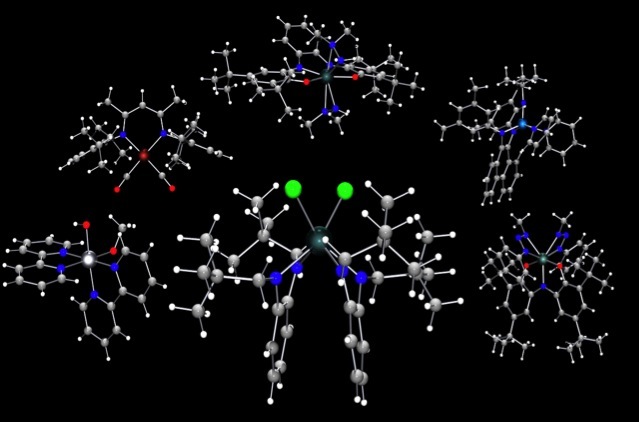Harnessing Redox-Active Ligands
Non-innocent or redox-active ligands have been long known to complicate the assignment of oxidation states in transition metal complexes and to participate in the redox behavior of these complexes. Our research program aims to harness the properties of these ligand systems to effect new stoichiometric and catalytic reaction chemistry. Multi-electron transformations can be addressed through the use of metal and ligand valence changes. We are currently applying this concept to the fundamental chemical challenges of some of the most important problems facing the world today. Broadly defined, these problems may be divided into three areas.
- Multi-electron reduction of N2, CO2, and related small molecules
- Atom- and group-transfer reactivity
- RETIRED. Artificial photosynthesis
In pursuing these research projects we employ a variety of experimental techniques including Schlenk-line, glovebox, and vacuum-line synthetic techniques; kinetics, isotopic labeling and other methods for mechanistic studies; single-crystal X-ray diffraction; electronic, vibrational, and magnetic spectroscopies, and DFT computational methods.
|
